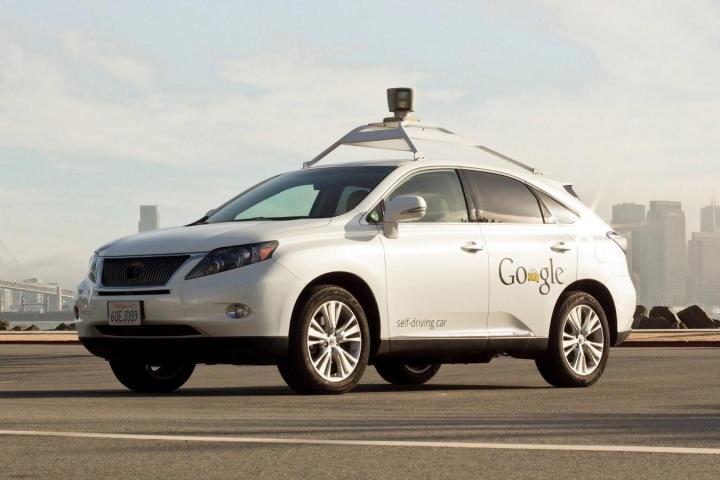
In both cases Google’s autonomous vehicle had come to a stop before being hit from behind by a distracted driver. On June 4, the car behind was traveling under 1mph and no damage was reported; on June 18, the second vehicle was moving at 5mph and both cars suffered minor damage. No injuries were reported in either incident.
“Given the time we’re spending on busy streets, we’ll inevitably be involved in collisions; sometimes it’s impossible to overcome the realities of speed and distance,” writes Google. “In the six years of our project, we’ve been involved in 14 minor accidents during more than 1.8 million miles of autonomous and manual driving combined. Not once was the self-driving car the cause of the accident.”
Both of the June incidents happened in the larger, adapted Lexus SUVs rather than the smaller prototypes that Google has built from scratch to kickstart the driverless revolution. The cars are now able to drive around safely on major roads they know well, though unfamiliar territory and bad weather conditions can still pose a problem.
The Mountain View company obviously thinks that increased transparency is the way to get the public on-side with autonomous vehicles, though it’s not necessarily ordinary drivers who are going to be the first to benefit from the technology — the elderly and the disabled will find it much easier to get around once the cars are approved for everyday use.
Of course Google isn’t the only company in the self-driving car game: Nissan, Delphi, Hyundai, and even Uber are among the firms hoping to launch the technology within the next five years.
Editors' Recommendations
- Tesla Autopilot vs. full self-driving: What’s the difference?
- Beleaguered robotaxi startup Cruise lays off quarter of workforce
- Cruise woes prompt production halt of fully driverless van
- Dubai Police to deploy driverless patrol cars with AI smarts
- Waymo expands robotaxi service area in San Francisco

